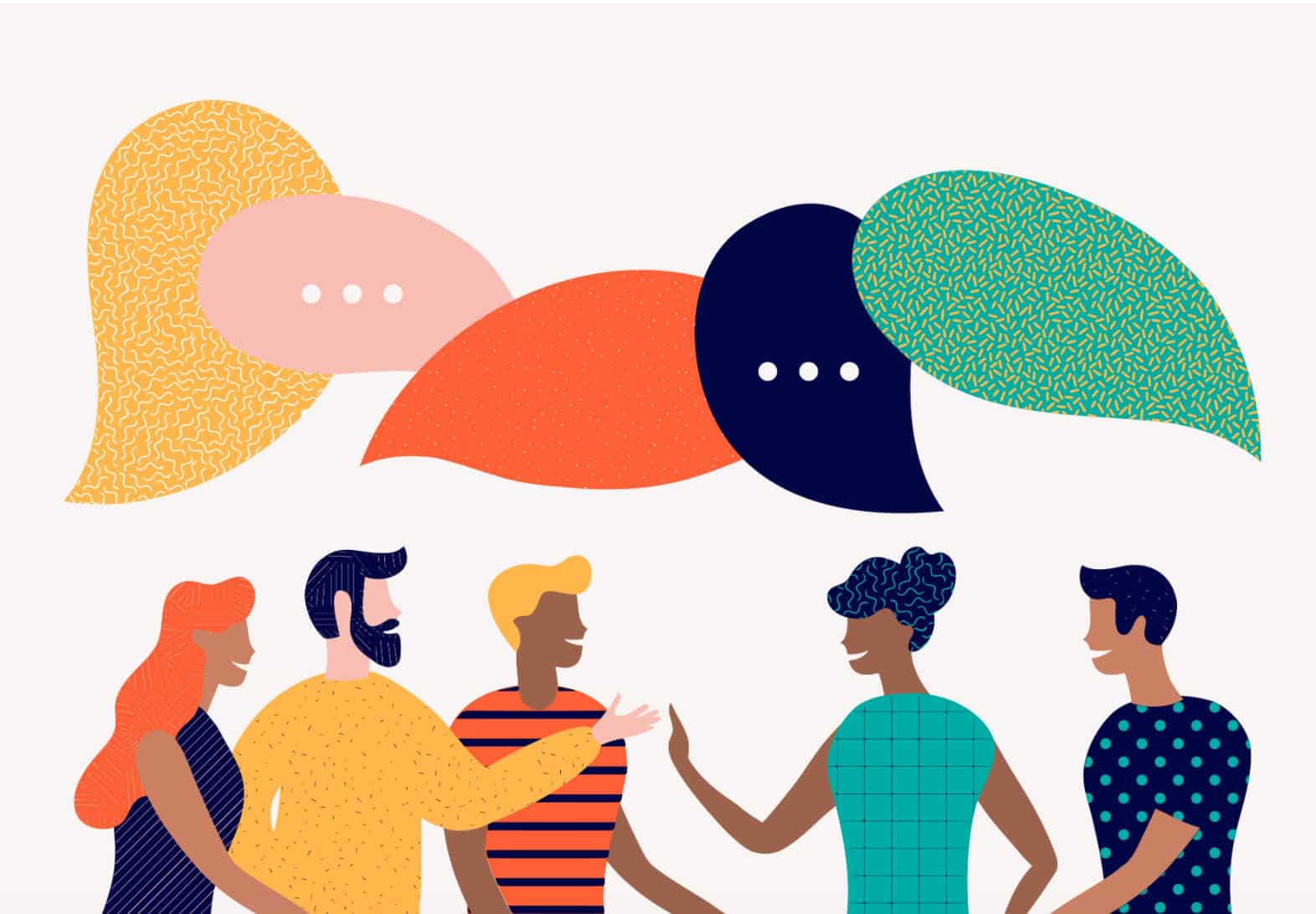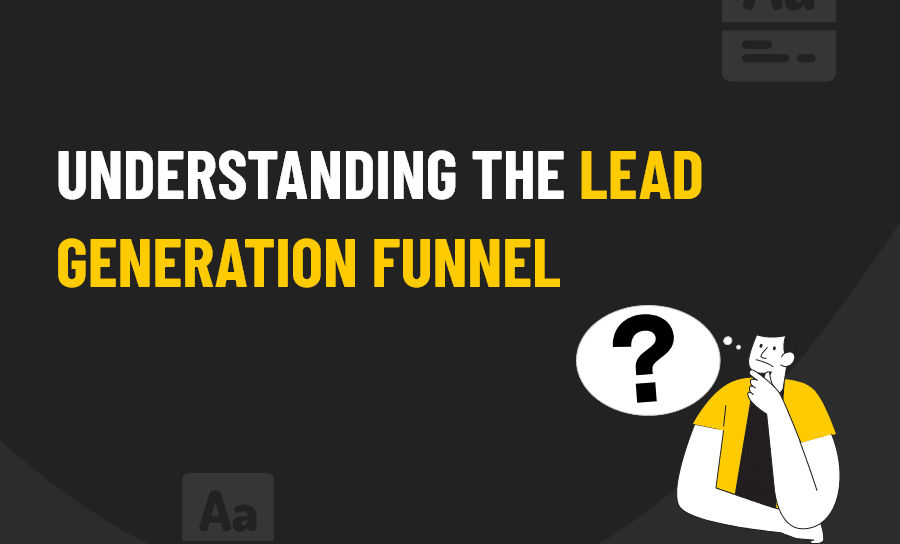
Source: AreoLeads
Lead generation is essential to produce sales, but it is a process. Whether your company is using a lead generation agency or whether it has its own team – they will go through the lead generation funnel.
The lead generation funnel sifts through a large number of names and prospects to identify qualifiable leads. Then those leads are turned into customers at the end of the funnel.
This helps to identify the best leads during the process. You will also be able to optimise your campaigns better and have a more efficient way to produce sales.
Now let’s get a better understanding of what the funnel consists of. The funnel has stages, and there is no set number for these stages. They can be broken down into many stages or be grouped together. It just depends on who is explaining it.
I will be discussing 4 stages in total that can be organised into three sections.
- Top of the Funnel
- Middle of the Funnel
- Bottom of the Funnel
Now, we can go into detail on the sections and stages of the funnel.
Top of the Lead Generation Funnel
The top of the funnel consists of building awareness and making the first impression. This is the time for a company to inform people about its services and purpose. This will get people into the funnel with the following stages below.
Stage 1: Awareness

Source: PPCexpo
The top of the funnel revolves around generating awareness for the company. The goal of stage one is to create awareness through advertising, marketing, and SEO.
This is the stage where your company has the opportunity to introduce itself to potential customers. The action taken during this stage is through marketing and advertising, as I mentioned. This can be blog posts, videos, etc.
Essentially, you can view this as pouring traffic into the top of the funnel to get a result of customers. This will lead people into the funnel, but doing this too early in the process can scare away potential leads.
This stage is all about timing and knowing how much to share. If too much is shared, then it becomes overwhelming to process, and you can lose out on prospects.
Another thing to note is that the funnel is just a general symbol. Once people go into it, it doesn’t necessarily mean they will stay there. They can float away at any time.
Overall, you are generating awareness to establish trust with people and making an excellent first impression.
Stage 2: Engage & Communicate

Source: LiquidPlanner
This next stage is still very broad, so it is considered at the top of the funnel.
By now, you have people in the funnel. This stage will consist of engaging and communicating. At this time, your company is gathering information during the awareness process.
This can be done by email sign-ups, engagement on social media, etc. The goal now is to keep your prospects engaged and develop more trust with them.
By maintaining the relationship, your company can take them into the middle of the funnel to filter your prospects.
Middle of the Funnel
This section consists of identifying potential customers and filtering through all the contacts within the funnel. This section creates the shape of the funnel and aims to find the best prospects for your company.
Stage 3: Target & Identify

Source: Agility
This next stage is the middle of the funnel, where you are targeting potential prospects. You will now continue communicating but will also determine if someone is a viable lead or not.
This is where the funnel starts narrowing down as you filter people out during this middle stage. During this process, your company can use lead sourcing. This will help identify if a contact represents an ideal lead.
Once you distinguish who is a potential lead, you will continue to communicate. At this stage, you will identify the concern or problem that the contact has. This will help you determine if your company represents a solution that can lead the contact to be a potential customer.
To summarise, an ideal lead will have an identifiable problem that your company can provide a solution for. This will now push them towards the conversion path from prospect to customer.
Bottom of the Funnel
Now, if a prospect has reached the bottom of the funnel, they are converted into a customer!
Stage 4: Gaining a New Customer

Source: Ciklopea
Once a prospective lead has remained engaged with your company, they are now taken to the bottom of the funnel. At this time, your sales team will develop a relationship with the prospect.
Still nurturing the prospect, it is now time to turn them into a customer. They have made it through the funnel, and your team has gone through the lead generation process.
Conclusion
This concludes all the stages of the lead generation funnel. This process can be done by your own company or a lead generation agency. There is a lot more skill and technicalities within the stages§, so keep an open mind about hiring a team to help you with this.





